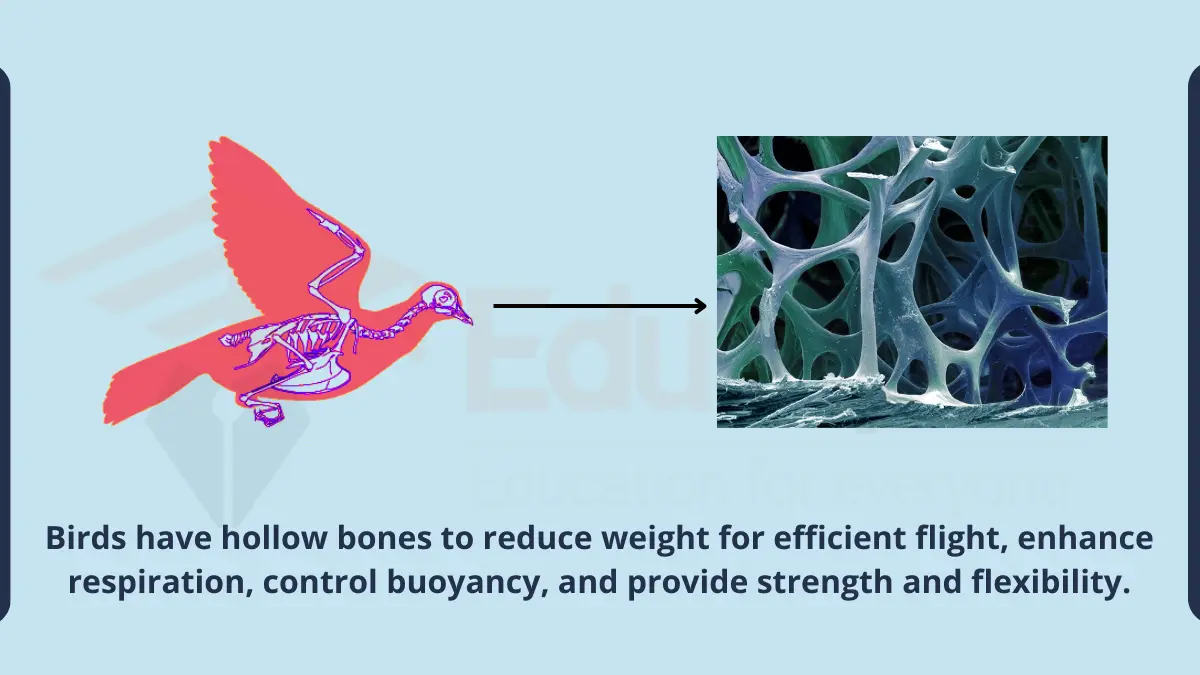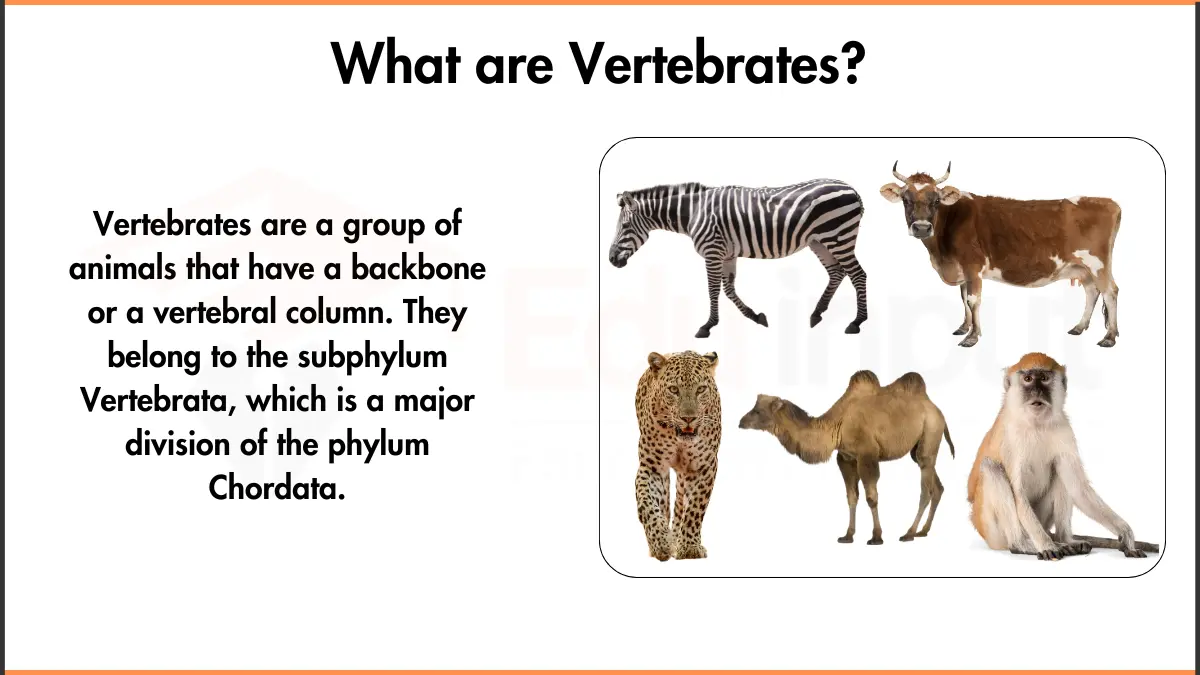Modes of Development in Mammals | Monotremes, Marsupials and Eutherian Mammals
All Mammals reproduce sexually, but they show different modes of development. A fetus develops inside the uterus and grows until birth. After birth, the newborn infant passes through several developmental stages before reaching adulthood.
Mammals are animals that give birth to live young.
Classification of Mammals Based on Reproduction Techniques
Mammals are classified into three groups based on the reproduction techniques:
- Monotremes (Egg-Laying Mammals)
- Marsupials (Pouched Mammals)
- Eutherian /Placentals (Mammals With Live Offspring)

1. Monotremes
Monotremes are oviparous. The ovaries release ova with large quantities of yolk. Shell glands in the oviduct deposit a shell around the ovum after fertilization. It forms an egg. Female echidnas incubate eggs in a ventral pouch.
Platypus lay their eggs in their burrows. They are the only animals whose egg is laid directly into their pouch, where it hatches into a larva that feeds on yolk until it grows into an adult.
This means that they must store energy before they hatch, unlike other mammals who store energy immediately after birth. Scientists believe that the lack of oxygen in the womb may allow them to survive without breathing for long periods of time.
2. Marsupials
All other mammals develop a placenta. The uterine cells secrete uterine milk in marsupials. Uterine milk nourishes the fetus. Some nutrients diffuse from maternal blood into a highly vascular yolk sac of the fetus. Yolk sac makes contact with the uterus.
This connection in marsupials is called the primitive placenta. The marsupial gestation period varies between 8 and 40 days in different species. The marsupials do not produce hormones to maintain the uterine lining. Thus they have a small gestation period. After birth, tiny young crawl into the marsupium.
Some species of marsupial mammals (such as opossum) can give birth to live young after only three months of gestation. This means that their offspring can develop faster than those born through a normal pregnancy. These newborns aren’t fully formed at birth, though, because they don’t receive nourishment until they emerge from the mother’s pouch.
Marsupials are often described as being similar to placentals, but they differ in important ways. They share many characteristics with placental mammals, but they also have unique features.
3. Eutherian Mammals/Placental Mammals
Eutherians are placental mammals. The physiological contact between the maternal and foetal tissues for the exchange of material is called the placenta. The embryo is implanted (fixed) deeply into the uterine wall.
Embryonic and uterine tissues grow rapidly. They become highly folded and vascular and form a placenta. Maternal and fetal blood does not mix up. Nutrients, gases, and wastes diffuse between the two bloodstreams.
Gestation periods of eutherian mammals vary from 20 days (rodents) to 19 months (the African elephant). The placenta and other tissues are expelled from the uterus after birth. It is called afterbirth the newborns of many species like man are helpless at birth.
Others can walk and run shortly after birth. (e.g. deer and horses). Eutherian babies are born with hair and open their eyes immediately. They begin to walk within hours of being born, and they continue to develop physically through adulthood.
Also read about Gustation in Mammals

 written by
written by 



Leave a Reply